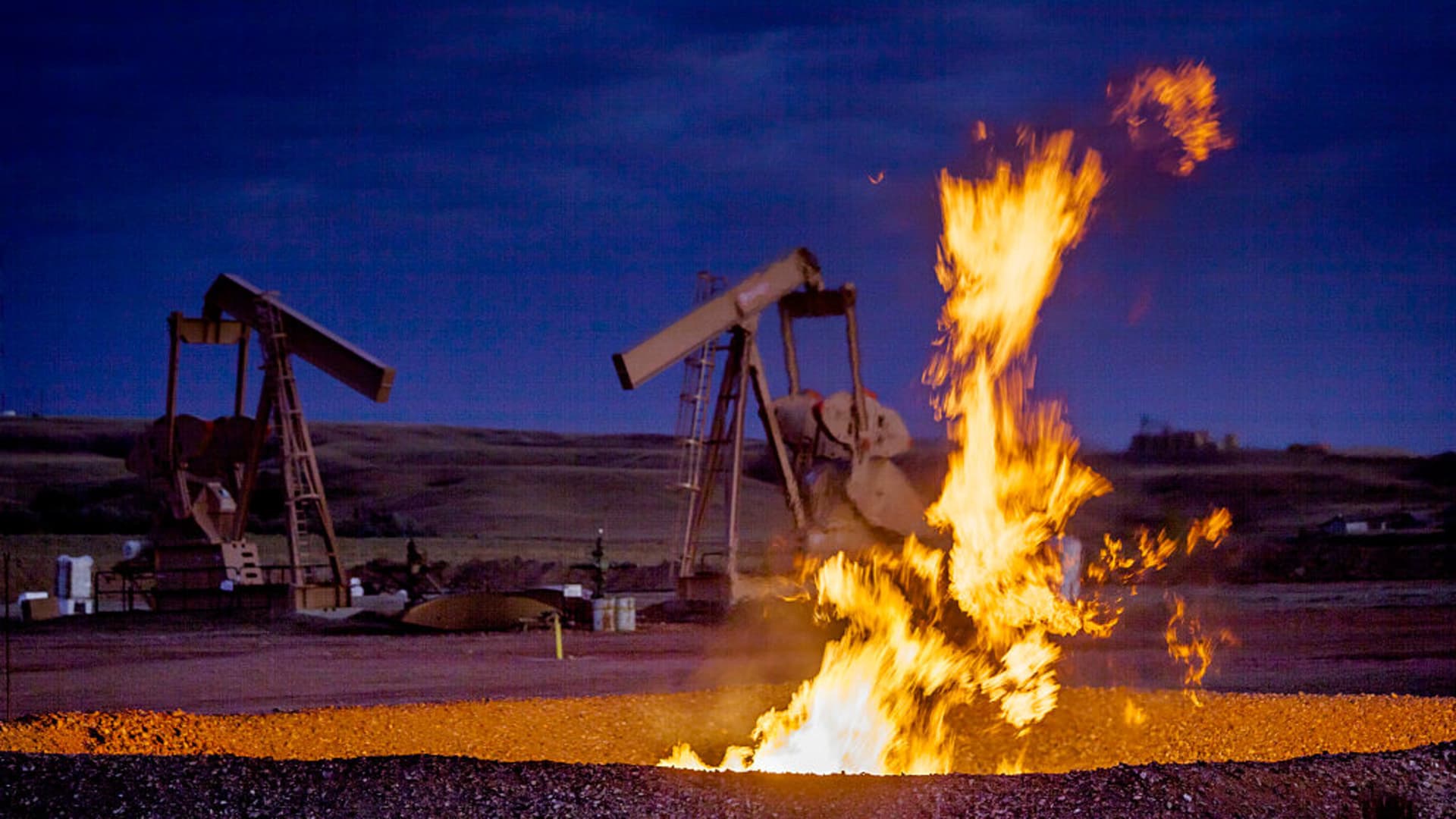The intensity of methane and greenhouse gas emissions from the oil and gas sector declined 28% and 30%, respectively, between 2019 and 2021 among the largest producers in the country, despite an increase in natural gas production, according to an analysis published by the nonprofits Clean Air Task Force and Ceres.
The report, which assessed the production-based emissions of more than 300 U.S. producers, found that the methane emissions intensity of natural gas production and the greenhouse gas emissions intensity of oil and gas production vary dramatically across companies.
Natural gas producers in the highest quartile of methane emissions intensity have an average emissions intensity that’s nearly 26 times higher than producers in the lowest quartile, the study found. And oil and gas producers in the highest quartile of greenhouse gas emissions intensity have an average emissions intensity that is more than 13 times higher than producers in the lowest quartile.
“Oil and gas producers are not equals when it comes to methane emissions, and this research makes clear that a company’s climate impact is a direct result of operational and investment decisions within its control,” Andrew Logan, senior director of oil and gas at Ceres, said in a statement.
Greenhouse gas emissions from the U.S. oil and gas sector come primarily from the extraction and production process, where methane and other planet-warming gases are released through venting, flaring and leaks.
The decline in reported methane emissions between 2019 and 2021 was driven by a reduction of reported emissions from pneumatic controllers, while associated gas venting and flaring were responsible for the largest decrease in reported carbon dioxide emissions, the report said.
Pneumatic controllers, devices that use compressed air to regulate pressures or temperature in the production process, were the largest source of total reported methane emissions, making up 67% of emissions, the study found.
Methane is about 84 times more potent than carbon dioxide when it comes to warming the atmosphere, but doesn’t last as long in the atmosphere before it breaks down. Scientists have warned that methane emissions must be dramatically reduced to avoid the worst impacts of climate change.
The study was designed to provide an analysis of greenhouse gas emission data that companies are disclosing to the U.S. Environmental Protection Agency.
The authors noted that the trends in emissions are not consistent across basins or individual companies and can fluctuate year to year. They also said the report doesn’t account for unreported emissions that come from major leaks and emissions from smaller producers.
Lesley Feldman, research and analysis manager at the Clean Air Task Force, said the findings underscore the need for strong federal and state regulations that can standardize best practices across the industry.
Methane emissions alone are responsible for roughly half a degree Celsius of global warming to date, and methane levels in the atmosphere continue to rise every year, according to the Intergovernmental Panel on Climate Change.
